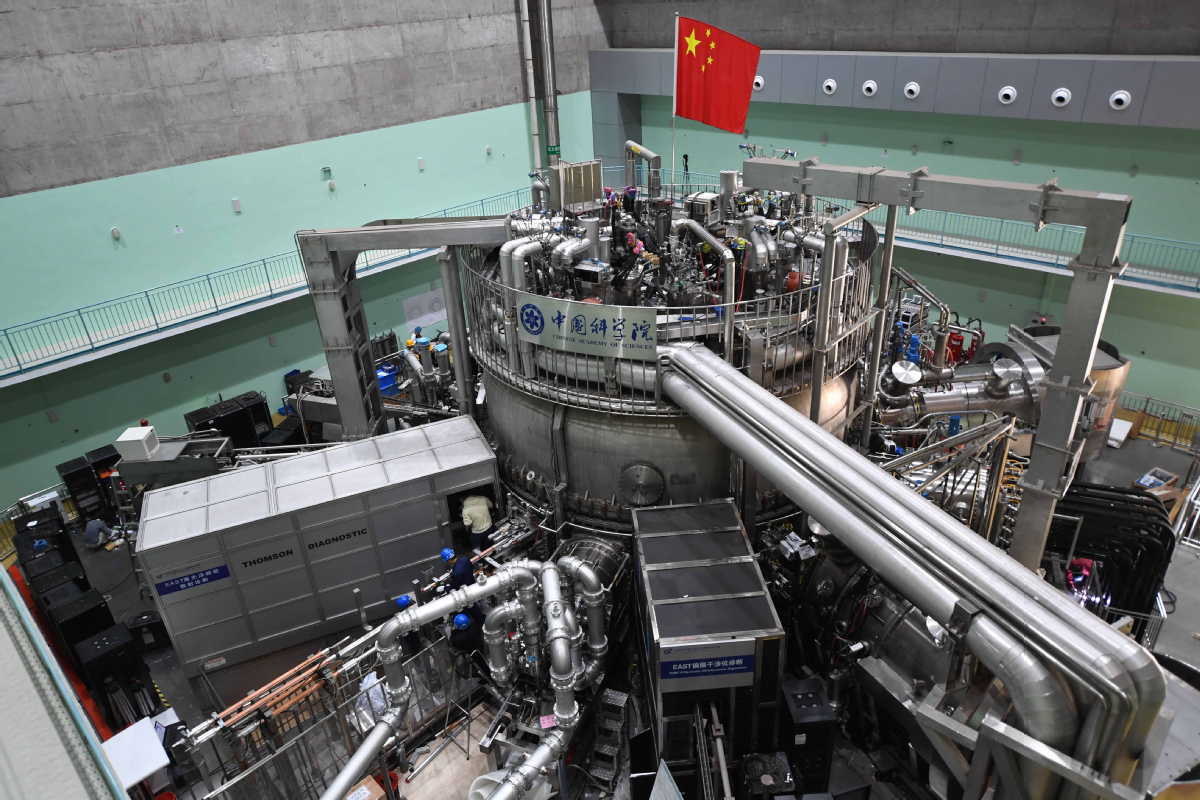
China's top 10 scientific breakthroughs of 2021, announced on Tuesday, range from space exploration 36,000 kilometers away to ocean probes 10,000 meters deep.
The 10 breakthroughs, which the Ministry of Science and Technology selected from a list of 310, are without doubt some of the greatest achievements scientists have made.
When the Martian probe Tianwen-1 landed on the Red Planet in May, China became the second country in the world to have achieved the feat.
The list also includes the Five-Hundred-Meter Aperture Spherical Radio Telescope catching the world's biggest fast radio storm sample, helping China secure a pole position in space studies. A soft-bodied robot exploring the Mariana Trench, the deepest part of any ocean on Earth, has helped China take the lead position in deep-sea anti-pressure robot design, too.
The breakthroughs would not have been possible without team efforts. Take the Tianwen-1 mission, for example. It took tens of thousands of workers to mix the metals used to build the probe, program all software and install them and carry out tests to ensure everything ran smoothly.
Every time such breakthroughs are announced, however, some people ask if it is worth spending so much money to serve a few, or if these achievements affect common people's daily lives.
But, of course, they do. The technologies enabling spaceships to fly and deep-sea submarines to dive can also improve the daily lives of ordinary residents. The Tianhe core module, launched in April 2021, for example, makes use of technology to recycle urine, provide medical facilities in a micro-gravity environment, as well as control temperature and dampness. All these technologies can be applied in ordinary houses to improve people's lives.
The robot probing the Mariana Trench has a soft muscle that other robots can use for mining.
These are just two examples. All the technologies employed in the 10 breakthroughs can one day be applied to make life better for common people. And that's what technology is meant for.











